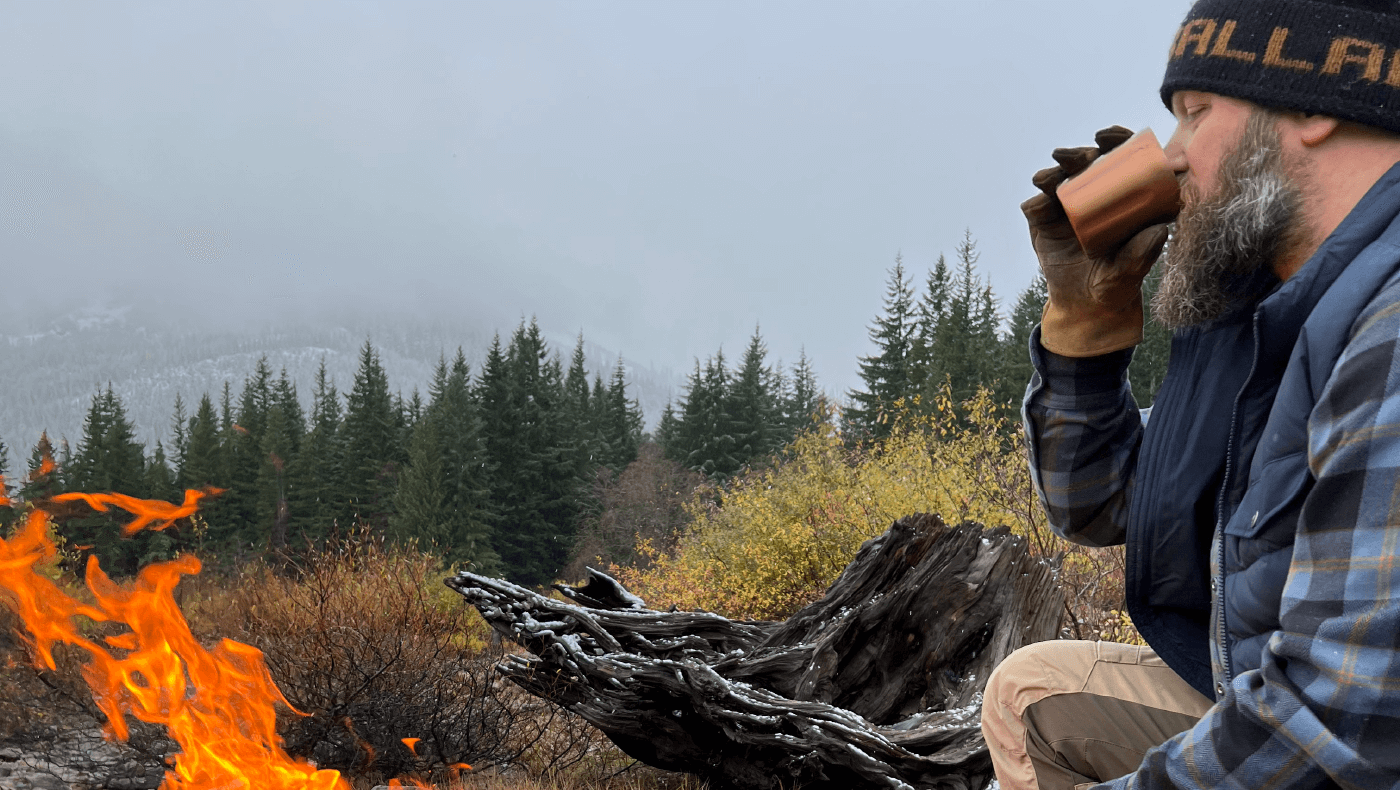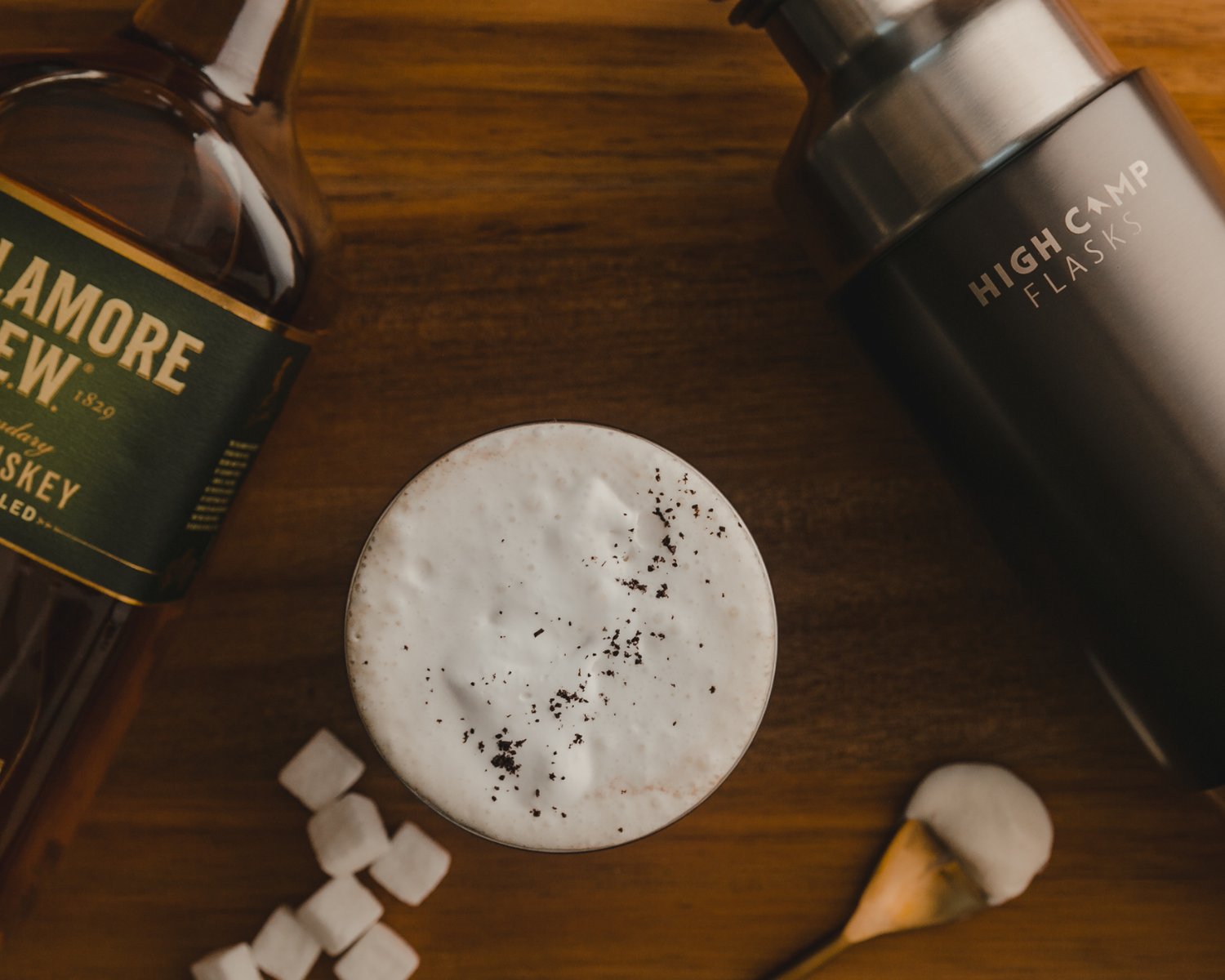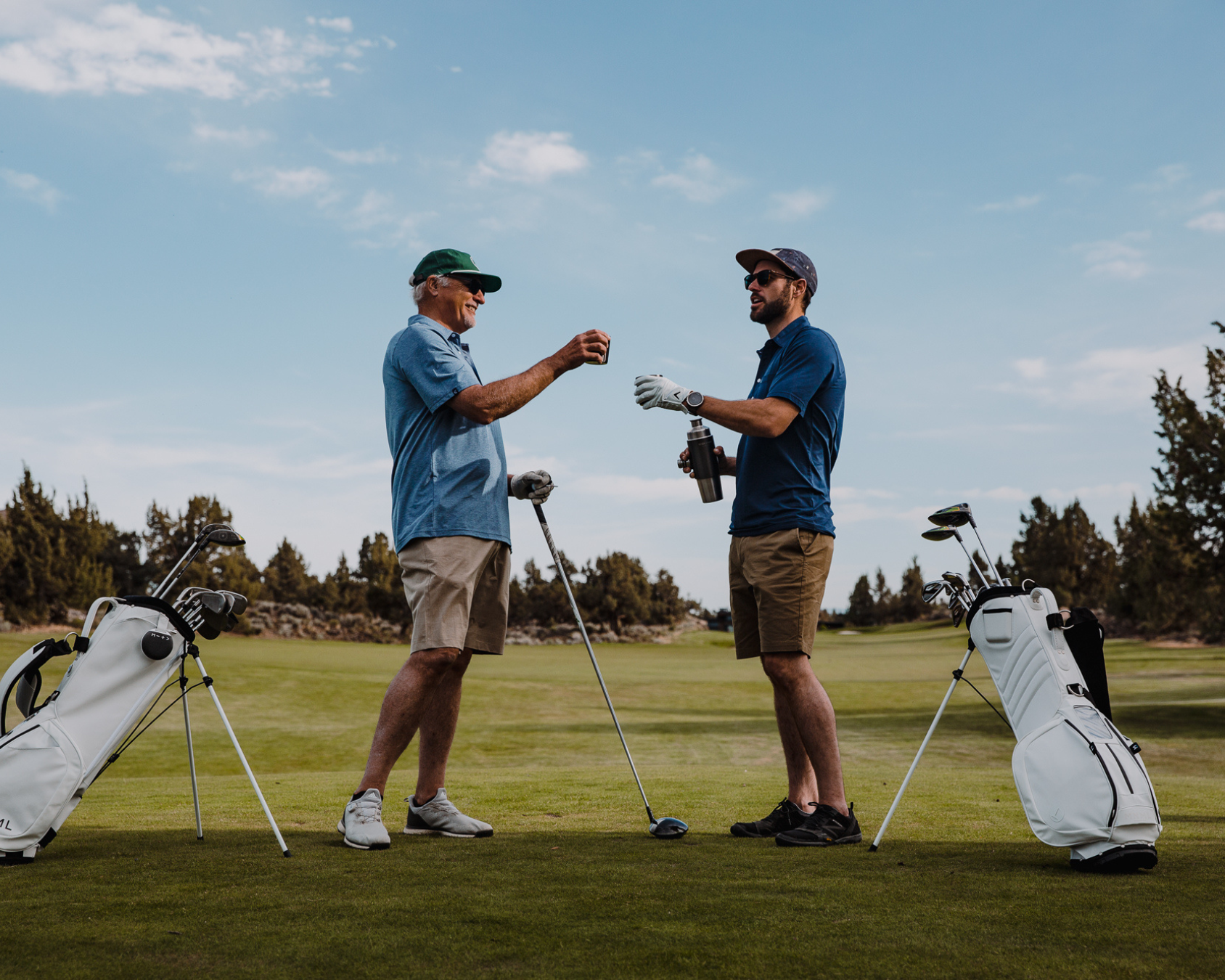The case for drinking barrel strength whiskey on your next extended walk in the woods.
TLDR Key Takeaways
- Barrel strength Whiskey weighs the same as 40% ABV whiskey.
- You can always add water (or snow) to your barrel strength whiskey.
- Commemorate a moment by bringing a truly special bottle on your backpacking or camping trip.
- And as always, never bring glass into the backcountry. Our Flasks make the perfect backcountry or camping companion.
Short On Time?
Use this handy chart to quickly explore our favorite backcountry barrel-strength whiskeys.
It's Thursday night and you’re packing for an extended weekend backpacking trip. You're gathering the minimum amount of supplies required to isolate in the woods for the next 4 nights and you’re being faced with a variety of tough decisions: Should I bring deodorant? How many toilet paper rolls do I need? Will I need a rain jacket? etc… From our perspective, no decision deserves more scrutiny than how much whiskey you decide to pack to ensure that your 6-shooter tumbler is filled with something delicious at each night’s campfire.
Backpacking trips are especially challenging because you’ve only got so much space in your pack, liquids are heavy, and ultralight backpacking equipment consumes a large chunk of expendable income. For this reason, trekkers might opt to drink commodity hooch instead of a middle or top shelf bottle of whiskey. Prior to reading this article, it might seem a sensible choice. I mean, why wouldn’t you just drink the cheapest whiskey you can find if you're out in the woods?
Well, just because we're outdoors doesn’t mean we have to drink like animals. If that sentiment doesn’t resonate with you, then I’d like to present a mathematical argument, followed by a table with our top whiskey recommendations, that might actually get nay-sayers to start bringing “barrel-selects” on their next multi-day excursions. Here’s the crux of it: What if I were to tell you that quality whiskey can weigh less, cost less and taste better than a bottom shelf bottle from the grocery store? Before you scream hogwash and hurl wag-bags at me, I’m gonna present a few assumptions to back up the recommendations on our list of “Best Whiskeys for Backpacking” so please read carefully and bear with me as I get into some nitty-gritty mathematical breakdowns…
Why Barrel Strength Whiskeys Are Great For The Backcountry
Assumption 1 - Defining a Standard Bottle:
A standard “fifth” of whiskey is 40% Alcohol by Volume (ABV) in a 750ml bottle (Four Roses, Jim Beam, Jack Daniels are all great examples). Furthermore, unless a whiskey is branded as barrel or cask strength, it's likely been watered down to the minimum ABV to qualify as Bourbon (40% ABV).
This is a common practice for most blended whiskeys and it's by no means an industry secret or a condemnation on quality. Even top-shelf distillers water down their whiskey to 40-46% ABV after it comes out of the barrel. This is simply a baseline number that makes for easy-out-of-the-bottle sipping at a “heat” we are accustomed to.
This definition may seem obvious to you but it's important because of the way we often compare alcohol percentages to one another. At a glance, we tend to compare alcohol percentages in absolute terms instead of relative terms, meaning that we perceive a 50% ABV bottle of whiskey to contain 10% more booze than a 40% ABV bottle. Here is the simple calculation below for proof (pun intended):
Absolute Difference Formula
50% ABV - 40% ABV = +10% ABV
In an absolute sense, 10% is the correct difference in ABV between the two bottles but it's incomplete in that it doesn't provide any practical information to a backpacker. In order to get the whole picture we take that 10% difference and plug it into the relative difference equation to calculate the relative change in alcohol content:
Relative Difference Formula
(+10% ÷ 40% ABV) x 100% = +25% Alcohol
Yes, that says +25% more alcohol in a 50% ABV bottle once we correct for the volume. So why is this important to backpackers? Because 25% of 750ml is 187.5ml. This means that you can add 187.5ml of mountain fresh water to your 50% ABV bottle of whiskey and come up with a whopping 937.5ml bottle of standard strength whiskey without any additional pack weight. That magical extra quarter bottle of whiskey was also free, so you just got yourself a 25% discount.
I doubt anyone out in the backcountry is actually measuring out whiskey by the milliliter, so I am going to create another assumption to help us relate better to this additional yield of 187.5ml.

Assumption 2 - Defining A Campfire Pour:
Let’s equate a “campfire pour” to a double-shot of whiskey, officially that is 3 oz (or 88ml). This would be a realistic estimation of 2-fingers of whiskey, which is generally how I operate under backpacking rationing conditions. Therefore, each 750ml bottle, divided by a “campfire pour” (88ml), yields 8.5 servings:
Rewind a bit, let’s take another look at those extra 187.5ml you get from purchasing a 50% ABV bottle vs the standard bottle… That's a little more than 2 “campfire pours.” Meaning, if you and your tent-mate are rationing to 1x campfire pour per night, you’ve each got 1 whole extra night’s worth of buzz at the campfire.
Are we advocating that you put water in your own whiskey? You can do whatever you want with this information. The only difference between YOU watering down your own whiskey vs. buying a 40% bottom-shelf bottle from the grocery store, is that someone else added water to it for you, and you didn’t get a say in the matter.
The Value Proposition of Bringing A Barrel-Strength Whiskey On Your Next Camp Trip
The last piece of information I am going to include in our table of the best whiskeys for backpacking is the dollar value you get from the bonus volume to help you justify the potentially higher price tag of a higher ABV bottle. This can be interpreted as a bonus or a discount, but I am calculating the normalized volume of those extra milliliters.
Tying this all together: The next time you go camping and purchase a cask-strength bottle of whiskey at 60% ABV, you are getting 4.3 extra “campfire pours”, or almost 13 rations per bottle. That’s also equivalent to 1125ml of a standard whiskey bottle (3275ml extra) without the weight penalty. That extra 375ml would have cost you 12.5oz in weight - the equivalent of about ⅔ of a pound - which is important when you're carrying it so many miles. You know what else weighs just under 12.5oz? One full can of beer. Furthermore, if this barrel strength bottle was a Knob Creek 9 year and cost you $50 (our best value pick), your cost for that first standard bottle of 750ml would only be $33, with that additional 325ml costing you $17.
Key Takeaway - I indicate above that whiskey is watered down, because you yourself, can indeed add a splash of water to a “hotter” whiskey to water it down to a 40% ABV.
I’ve also got two emotional pleas if you’re less susceptible to mathematical reasoning. The first I call it the “YOLO” defense: This trip is the only guaranteed trip you’ll be in [Place] with [Friend(s)], so what better time than now to bust out the barrel-strength reserves then now?
The 2nd plea would be the drink local plea: Pretty much every great adventure town now has [at least] 1 local craft distillery. Furthermore, local distilleries create good paying jobs and help revitalize rural communities by driving tourism dollars to the region. Drink local and support your local distilleries.

The Math Behind Our Favorite Backcountry Whiskeys
A standard bottle of bourbon is 40% ABV. If you add a bit of water to the barrel-strength whiskey you packed on your backpacking trip and you'll not only save weight, but you'll have more campfire pours to share, all at the same strength as a standard bottle. When you do the math, these high-end spirits offer a great value, and a more unique and memorable drinking experience.
| Bottle | Retail Price | Alcohol By Volume | Adjusted 750ml Value | Weight Saved(oz) | Extra Campfire Pours (88ml) |
|---|---|---|---|---|---|
| Knob Creek 9 Single Barrel Reserve (BEST OVERALL VALUE) | $50 | 60% | $33.33 | 12.45 | 4.26 |
| Old Forester Single Barrel (BEST OVERALL BOURBON) | $100 | 65% | $62.02 | 15.25 | 5.22 |
| Old Potrero Single Malt Cask Strength (BEST OVERALL RYE) | $63 | 63% | $39.81 | 14.50 | 4.96 |
| Highland Park "Cask Strength" (BEST OVERALL SCOTCH) | $88 | 64% | $55.09 | 14.88 | 5.09 |
| Wild Turkey Rare Breed | $60 | 58% | $41.10 | 11.45 | 3.92 |
| Founders Cask Strength | $65 | 62% | $42.07 | 13.57 | 4.64 |
| Breckenridge 105 High Proof | $60 | 53% | $45.71 | 7.78 | 2.66 |
| Aberlour A'bunadh | $75 | 60% | $50.34 | 12.20 | 4.18 |
| Knob Creek Cask Strength Rye | $80 | 64% | $50.39 | 14.63 | 5.01 |
| Glengoyne "Cask Strength" | $84 | 59% | $57.14 | 11.70 | 4.01 |
| Barrell Seagrass | $85 | 59% | $57.43 | 11.95 | 4.09 |
| Nikka Whisky From The Barrel | $80 | 51% | $62.26 | 7.10 | 2.43 |
| Ardbeg Corryvreckan | $90 | 57% | $63.05 | 10.64 | 3.64 |
| Redwood Empire Rocket Top | $80 | 50% | $64 | 6.23 | 2.13 |
| Frey Ranch Single Barrel | $99 | 60% | $65.56 | 12.70 | 4.35 |
| Larceny Barrel Proof | $100 | 61% | $66.12 | 12.76 | 4.37 |
| Elijah Craig Barrel Proof | $100 | 59% | $67.66 | 11.90 | 4.07 |






